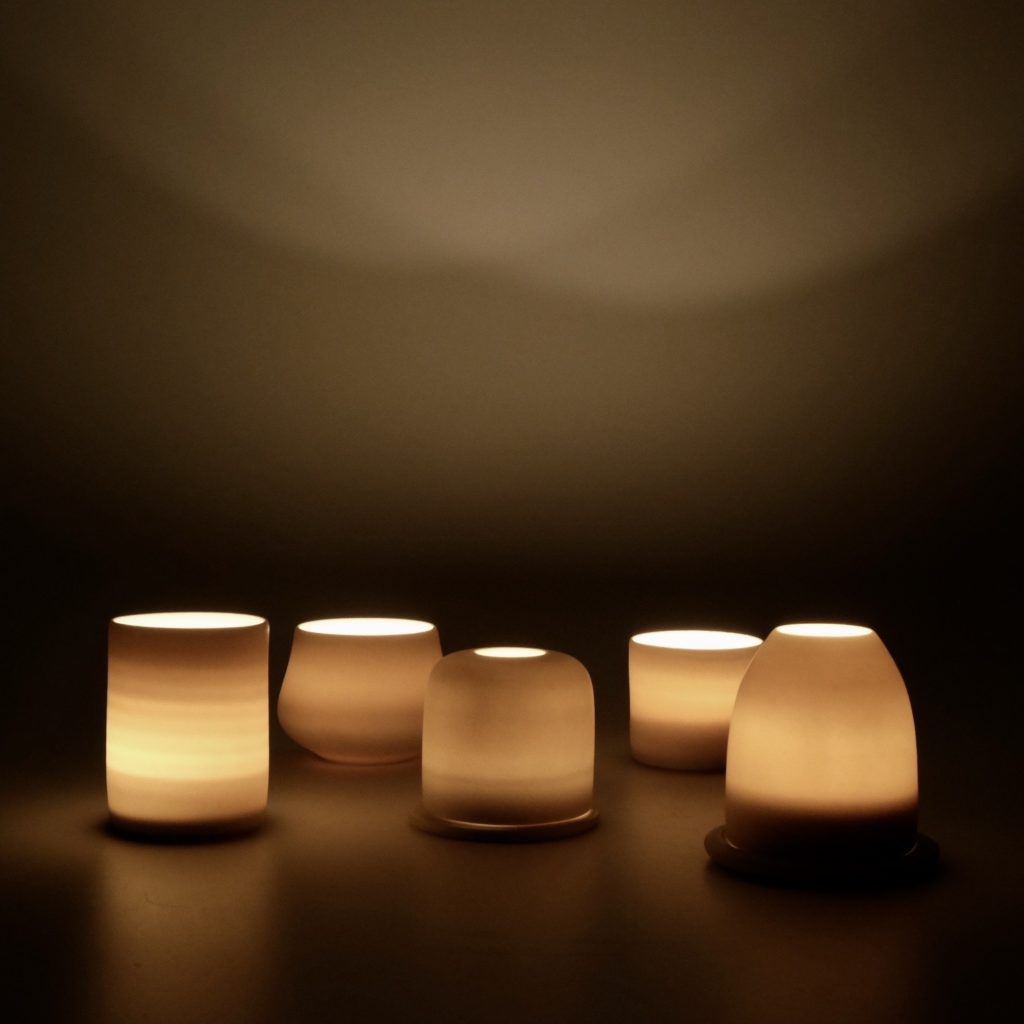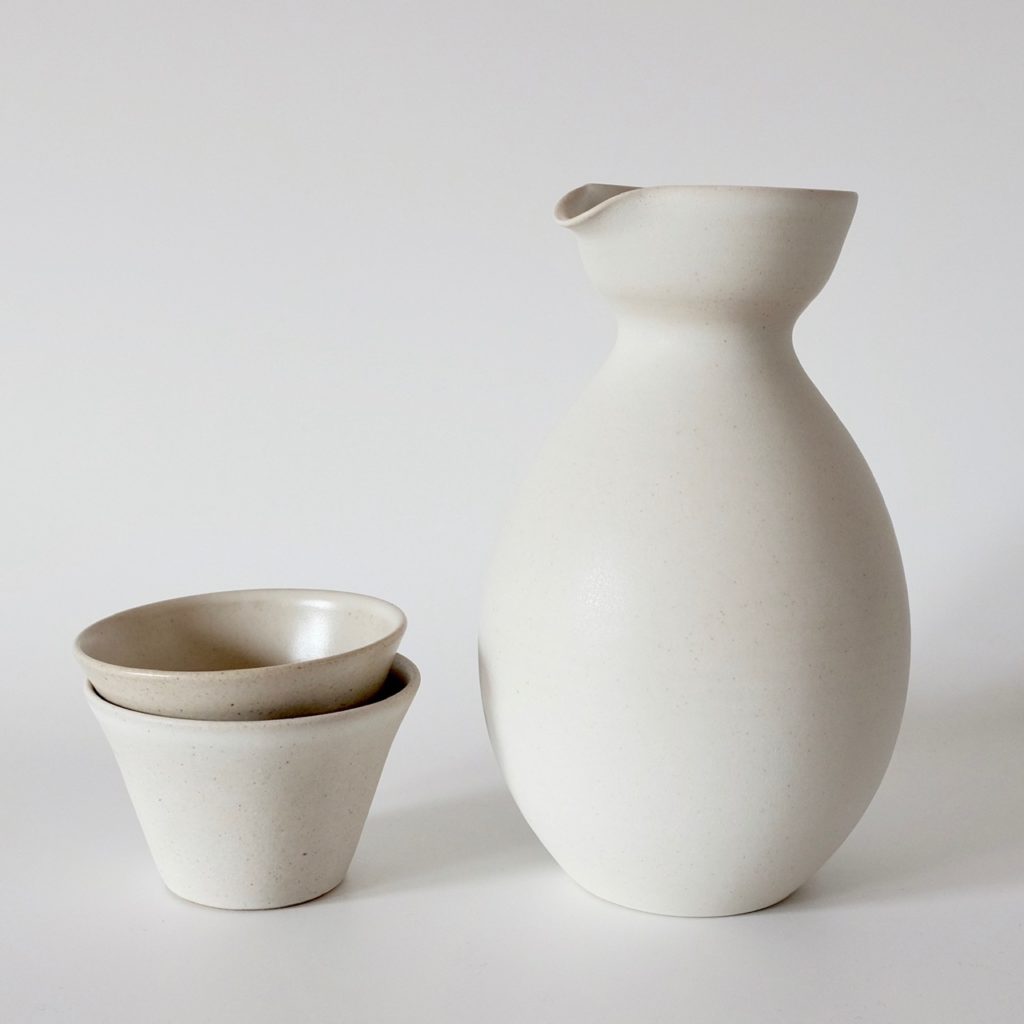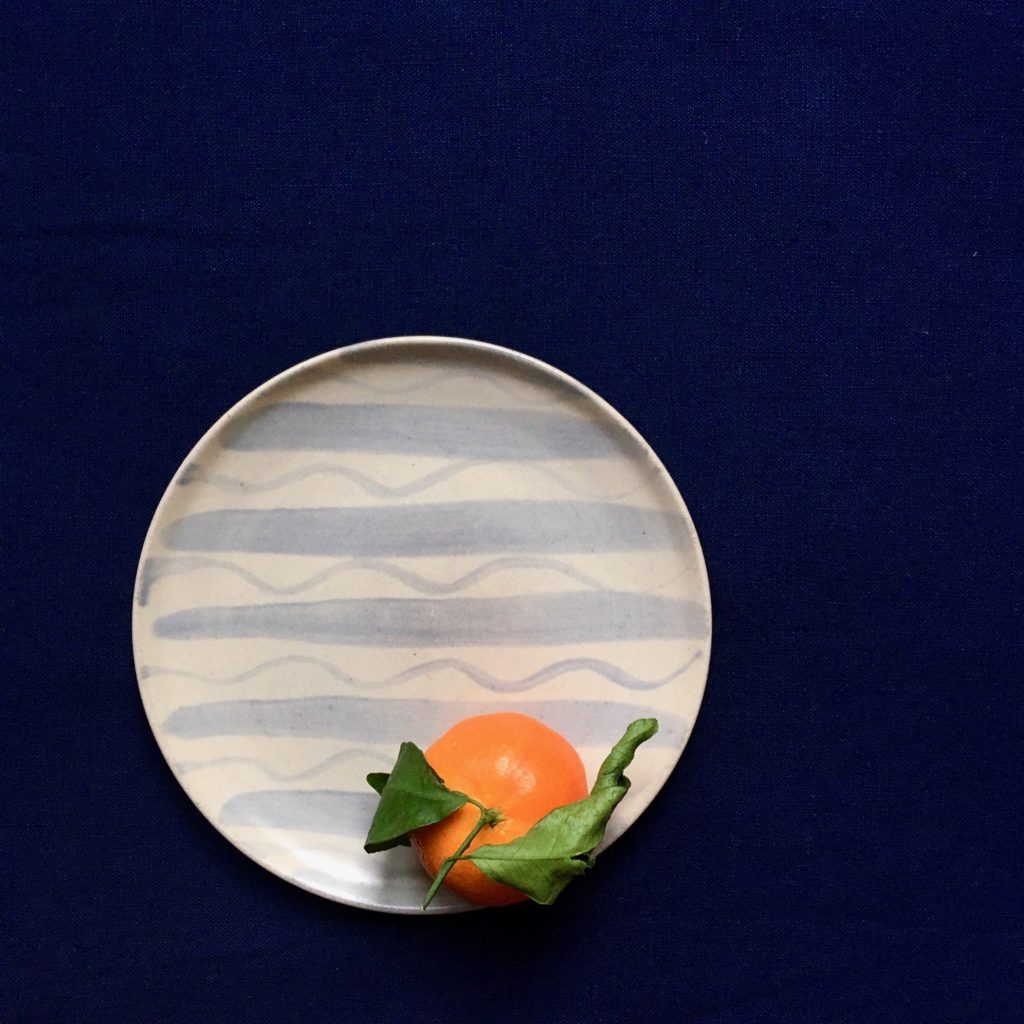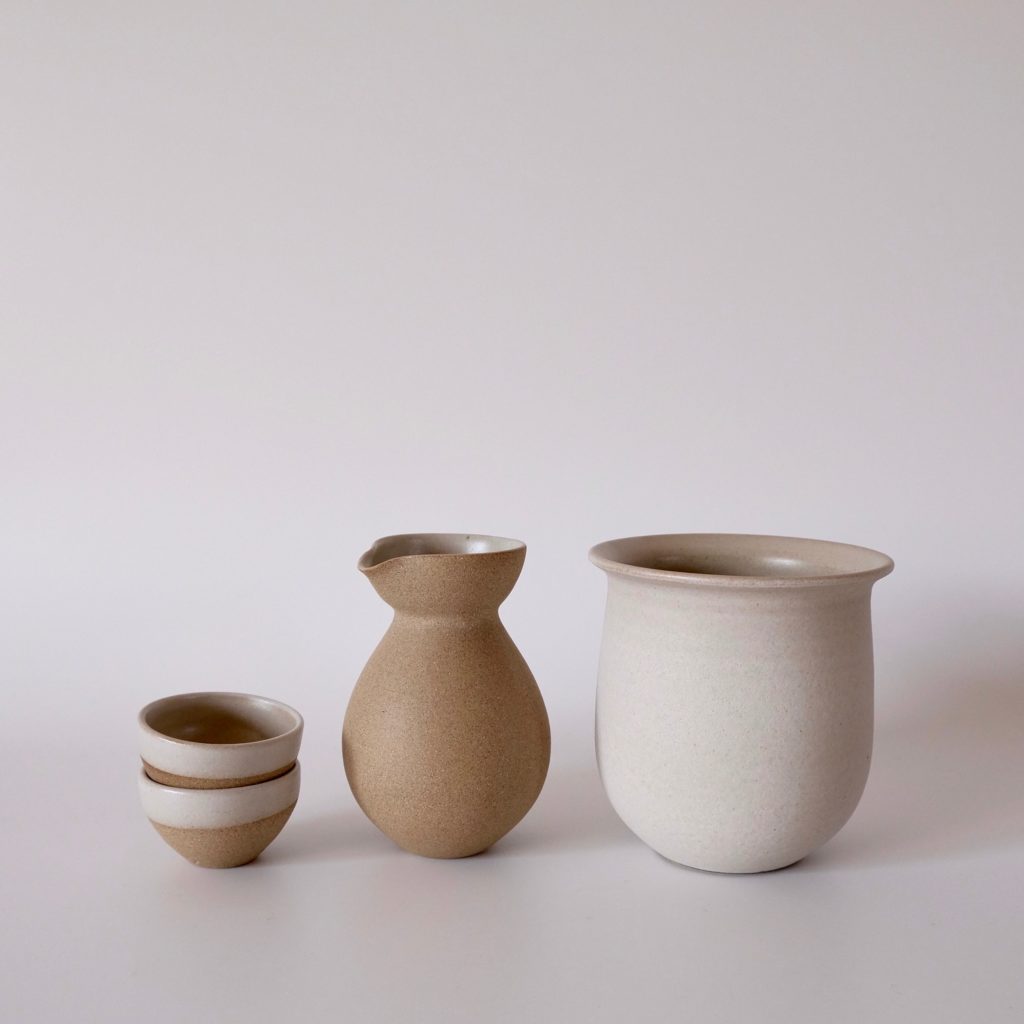Could you talk about your experience studying fine art at Goldsmiths College in the 1990s?
In 1990, I left Japan when I was 18 years old and came to the UK to study Fine Arts at Goldsmiths College. I originally wanted to be an oil painter. At that time, the course was very conceptual, our tutors included Michael Craig- Martin who fostered the YBA’S (Young British Artists) and the visual artist of the New British Sculptural Movement, Julian Opie. Damien Hurst had just left Goldsmiths. The focus was on critique where everyone had to show and analyse each other’s work; as you can imagine it was all such a complete cultural shock for me. Suddenly I was collecting rubbish and having to make something out of nothing. It was such an interesting time, but I felt completely lost and overwhelmed. I realised that maybe I didn’t understand art at all because I didn’t think in this way.
Why did you decide to go into tailoring?
After studying, I realised that I wanted to make something that was functional and useful. I was back in Japan, looking at the jacket my father was wearing, and I became fascinated by the hand stitching, the detail in the lining and the subtle embroidery. I always liked the simplicity of men’s clothing because there is a practicality to the design, a lack of embellishment and a precision to the shape. After taking a tailoring course at the London College of Fashion, I decided to work in menswear.
Could you talk about your experience working for Paul Smith?
Paul Smith offered me a job as the assistant designer for men’s accessories. I closely worked with a company in Osaka called Volta 92 where we would design men’s striped pyjamas and underwear. For the European market I designed socks, scarves and hats. When I started working for the company, it felt like a family, there was so much talent and craft. Paul was generous and hugely inspiring, I felt very fortunate to work for him and Sue Copeland but by the early 2000s the company was expanding and the atmosphere had changed. I realised that I wanted to be more involved in the creative process and so when my daughter was born, I took the opportunity to leave.
Who inspired you to make ceramics?
My father took over a saké brewery called Tosatsuru which was founded in 1773. The style of saké he made was dry, refreshing and easy to drink. He was a successful businessman with a passion for making quality saké that was good value for money, so that anyone could enjoy it. He looked after me and was always supportive, I think I wanted to find a way to repay him. I craved his approval which is why I wanted to make something that was useful but was connected to what my father was doing. I realised I could learn to make pottery for drinking saké .
In 2003, my partner Alasdair Duncan and I designed a saké bottle for my father’s brewery. We wanted to create a simple and structural design that moved away from decorative tradition. It is called ‘azure’ as this saké is made from clean, deep sea water. The brewery is situated in Kochi at the south of Shikoku island overlooking the Pacific Ocean.
Could you talk about The Kiln Rooms?
We are a community of potters in Peckham that was co-founded by Stuart Carey and Ben Cooper. Peckham Levels and Bellenden Road Arches provide ceramic workshops, courses for all levels and a membership studio. I joined Copeland Park Studio in 2016 where members are given the space and the opportunity to work independently on their own projects, whilst also being mentored and supported by The Kiln Rooms community. We all influence each other in the best possible way and respect each other’s creative process.
Could you explain the aesthetic behind your pottery?
My ceramics have a simplicity so that you can see the texture, the detail and the shape of the design. They have a restrained colour palette because I believe having certain constraints is important because you appreciate the true essence of the pot. Each piece has a purpose; they are tactile forms and so they should be touched and handled. I want my pottery to be used every day.
During lockdown, I have been thinking about my childhood; I grew up looking out to the vast blue expanse of the ocean. Perhaps this is the reason, I have started to add touches of blue to my recent pots.
Has pottery influenced the way you live your life?
When I sat in front of the wheel for the first time, I knew this was it. Making ceramics has helped me to relate to people and to understand my relationship with my family. Pottery demands patience; it is about precision, but it is also about letting go. It is just like bringing up a child, you want to teach them, but you can’t completely control them. You have to protect them but also let go. This is similar to how I practice my ceramics. I direct the clay to where I want it to go but I also have to allow the materials to change and evolve as it goes through the drying, heating and glazing process.



